Review of the Day: Jane, the Fox & Me by Fanny Britt
 Jane the Fox and Me
Jane the Fox and Me
By Fanny Britt
Illustrated by Isabelle Arsenault
Translated by Christelle Morelli and Susan Ouriou
Groundwood Books
ISBN: 978-1-55498-360-5
$19.95
Ages 9-12
On shelves September 1st
Isn’t it strange how few children’s graphic novels are published in a given year? This is one of those phenomena that defy the basic tenets of capitalism. The need, as anyone who has ever fielded reference questions from 10-year-olds will attest, is vast. Yet the product sputters out of publishing houses so sparsely and randomly that you can’t help but be baffled. The only justification I can come up with is that graphic novels are bloody expensive to produce. That would certainly account for how many settle for single colors or black and white. Then there’s the fact that they take forever to create. Even if a kid adores the first book in a series, if the art is really well done it could easily take an artist seven years to produce a sequel. Seven years is a long time if you’re ten. Taking all of this into account, I am understandably wary when a new GN hits bookstore and library shelves and I feel my pulse pick up. Am I excited about this book because it is good or because it’s a rarity? With Jane, the Fox & Me by Fanny Britt the answer is clear. I am excited about this book because this book is exciting. In the awe-inspiring sense, of course.
ADVERTISEMENT
ADVERTISEMENT
So many kids in school wish they weren’t considered invisible. For Helene, the opposite is true. Everywhere she goes she runs into cruel comments about her weight or that she smells or equally childish accusations. Most of these are from the girls she used to hang out with, before they decided to suddenly make her into a pariah. Her only escape is a copy of Jane Eyre which she dives into at every available moment. When her class wins a special “treat” of going to a nature camp for four nights nothing could be more unwelcome. At the camp Helene finds herself in the outcast cabin, and even the sight of a wild fox can’t break her out of her depression. It isn’t until she meets Geraldine and finds herself in the thick of a new, true friendship that things start to subtly take a turn for the better.
 Originally published in Quebec as Jane, le Renard & Moi, reading the book is a clear trip into another culture. For the United States-born child reader, some of the elements in the story may strike them as unusual. The fact that the student Lucia Munix “can’t speak French yet because she just moved to Montreal” will be a tip-off, or else the names of the characters (Geraldine, Gerard, Marthe, Genevieve, etc.). My suspicion, however, is that the bulk of U.S. readers aren’t even going to notice. At its heart, this is a universal story. You relate to the bullying, the ability to identify with a fictional character (even as we identify with Helene), and the school setting. I certainly identified with those moments when Helene will pretend to tie her shoe or do something similarly minor to look busy. They’re small moments, but remarkably real.
Originally published in Quebec as Jane, le Renard & Moi, reading the book is a clear trip into another culture. For the United States-born child reader, some of the elements in the story may strike them as unusual. The fact that the student Lucia Munix “can’t speak French yet because she just moved to Montreal” will be a tip-off, or else the names of the characters (Geraldine, Gerard, Marthe, Genevieve, etc.). My suspicion, however, is that the bulk of U.S. readers aren’t even going to notice. At its heart, this is a universal story. You relate to the bullying, the ability to identify with a fictional character (even as we identify with Helene), and the school setting. I certainly identified with those moments when Helene will pretend to tie her shoe or do something similarly minor to look busy. They’re small moments, but remarkably real.
With its original French roots I have to give translators Christelle Morelli and Susan Ouriou full credit for a remarkable job. Not enough people in this world understand how crucial the writing is in any given graphic novel. It’s what separates the wheat from the chaff. And because this is a quiet school story, so much of the book depends on Helene’s singular voice and observations. There’s a section near the beginning of the book when Helene recounts a day when she woke up to find that her mother had sewed a crinoline dress for her in the night. Looking at it she can’t help but list everything her mother does for the family, from the laundry to meals to the sewing. She imagines her mother so exhausted at the end of the day, yet still working on this dress, that she says, “to herself out loud so just maybe someone will hear her, even though by now everyone’s in bed, ‘I’m so tired I could die’.” Thinking of all this she continues to stare in the mirror. Her obsession with crinolines had, at this point, long since passed ever since her fellow-crinoline lovers turned into her adversaries at school. “So I stare at the beautiful brand-new crinoline dress that’s mine alone with no whiff of mothballs.” A pause. “Even so, it droops a little.” Kills me, that line.
 The relationships in the book gel well, particularly the comfortable moments between Helene and her mom. There’s a point at which they’ve just survived a shopping excursion with a perky saleswoman from hell and now they’re having an ice cream and a coffee. A companionable moment happens as they sit on a bench. It feels desperately real. As for her relationships with her schoolmates I was almost always on board. There is, by the story’s end, a subtle change between Helene and her tormentor Genevieve that strikes a hopeful if false note. I do have a bit of a hard time believing that Helene would so readily forgive Genevieve by the story’s end. Particularly since it’s clear that this change in their relationship has happened out of the blue and for no particular reason. We go from a hellish daily experience to an out-of-the-blue peace. I would have liked a little more reason for that.
The relationships in the book gel well, particularly the comfortable moments between Helene and her mom. There’s a point at which they’ve just survived a shopping excursion with a perky saleswoman from hell and now they’re having an ice cream and a coffee. A companionable moment happens as they sit on a bench. It feels desperately real. As for her relationships with her schoolmates I was almost always on board. There is, by the story’s end, a subtle change between Helene and her tormentor Genevieve that strikes a hopeful if false note. I do have a bit of a hard time believing that Helene would so readily forgive Genevieve by the story’s end. Particularly since it’s clear that this change in their relationship has happened out of the blue and for no particular reason. We go from a hellish daily experience to an out-of-the-blue peace. I would have liked a little more reason for that.
I have mentioned that full-color graphic novels are an expensive affair, but by the same token there’s an understanding in the industry that children will read black and white comics only rarely. How to find the balance between these two seemingly opposite notions? A judicious use of color. In this book Helene disappears into Jane Eyre to escape the taunts of her schoolmates, and as she does so Jane’s story suffuses the pages with color. At first it’s just red of varying hues, but soon after it gives Helene a little green Eden of her own making. That Eden’s color comes and goes throughout the story. The only colored moments remain in Helene’s head until the moment she sees a fox in the woods. After that, she makes a friend and then when she returns to school, there’s a change. Small, but evident. Red shoes. A blue wall. Green and blue jungle leaves in the midst of suburban greenery. It’s not a full-color world yet, but things are getting a little bit better.
 At the risk of dipping a bit too deeply into the book, can we talk fonts? I’m not a font person. I don’t know my Helvetica from my Geneva and I’ve only the vaguest sense as to why Comic Sans is as universally disliked as it is. However, when it comes to comics I suddenly become a font connoisseur. I watch for the subtle variations between the blocky all-caps font of Helene’s narration, the very different font of the Jane Eyre sections, and the cursive of dialogue. In particular, I love how names will sometimes appear in the handwriting of that person. It’s a great way to highlight the importance of a name at a given moment.
At the risk of dipping a bit too deeply into the book, can we talk fonts? I’m not a font person. I don’t know my Helvetica from my Geneva and I’ve only the vaguest sense as to why Comic Sans is as universally disliked as it is. However, when it comes to comics I suddenly become a font connoisseur. I watch for the subtle variations between the blocky all-caps font of Helene’s narration, the very different font of the Jane Eyre sections, and the cursive of dialogue. In particular, I love how names will sometimes appear in the handwriting of that person. It’s a great way to highlight the importance of a name at a given moment.
A friend of mine once told me the story of something that happened to her when she was in the second grade. All at once one day all her friends decided that she was poison. For seemingly no reason they wrote her a letter explicitly stating that she was no longer their friend and they hated her. I remembered this story as I read the tale of Helene and the very similar shut out she experienced at the hands of her former friends. Sometimes there is no logical explanation for child cruelty. We’re lucky if we have a Jane Eyre to turn to, even as we try to find new friends and confidants. For some children out there, Jane, the Fox & Me is going to be their own Jane Eyre. Helene will shoulder their blows and offer hope for coming out strong at the end. Could a book of this sort hope for anything better? A rare piece.
On shelves September 1st.
Source: Final copy sent from publisher for review.
Like This? Then Try:
- Chiggers by Hope Larsen
- The Storm in the Barn by Matt Phelan
- The Second Life of Abigail Walker by Frances O’Roark Dowell
Misc:
- Read an article on the two women behind the book (always assuming you can speak French, of course) in La Presse.
Videos:
Also in French, Ms. Pénélope Bagieu talks up the book for you.
Filed under: Best Books, Best Books of 2013, Reviews, Reviews 2013
About Betsy Bird
Betsy Bird is currently the Collection Development Manager of the Evanston Public Library system and a former Materials Specialist for New York Public Library. She has served on Newbery, written for Horn Book, and has done other lovely little things that she'd love to tell you about but that she's sure you'd find more interesting to hear of in person. Her opinions are her own and do not reflect those of EPL, SLJ, or any of the other acronyms you might be able to name. Follow her on Twitter: @fuseeight.
ADVERTISEMENT
ADVERTISEMENT
SLJ Blog Network
The Moral Dilemma of THE MONSTER AT THE END OF THIS BOOK
Winnie-The-Pooh | Review
Parsing Religion in Public Schools
ADVERTISEMENT

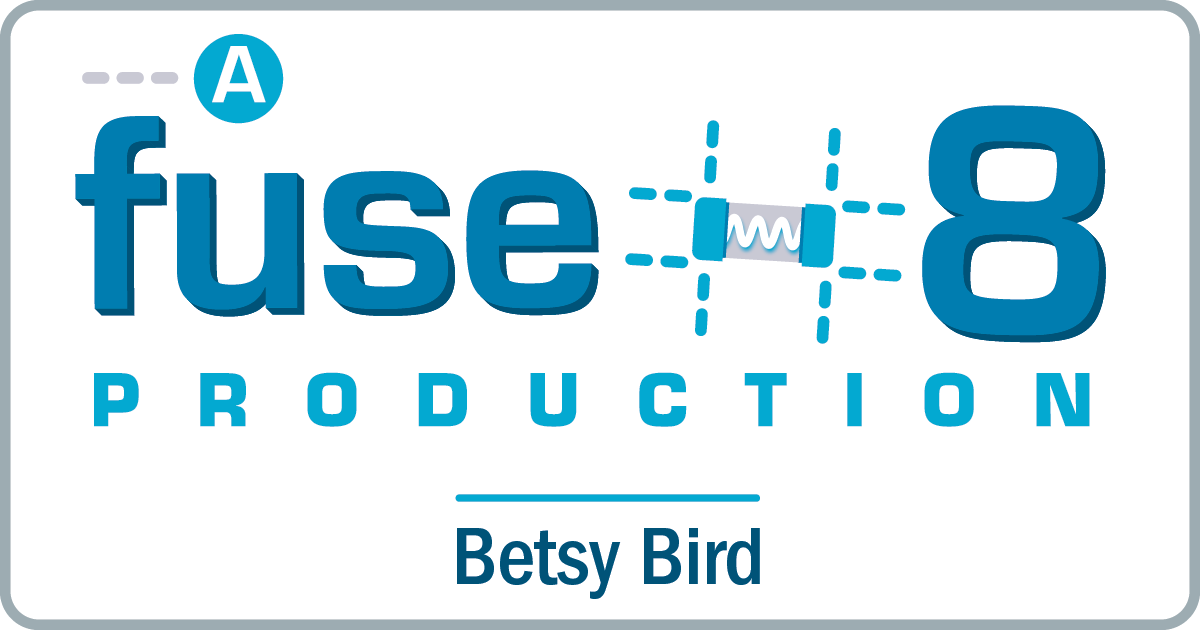

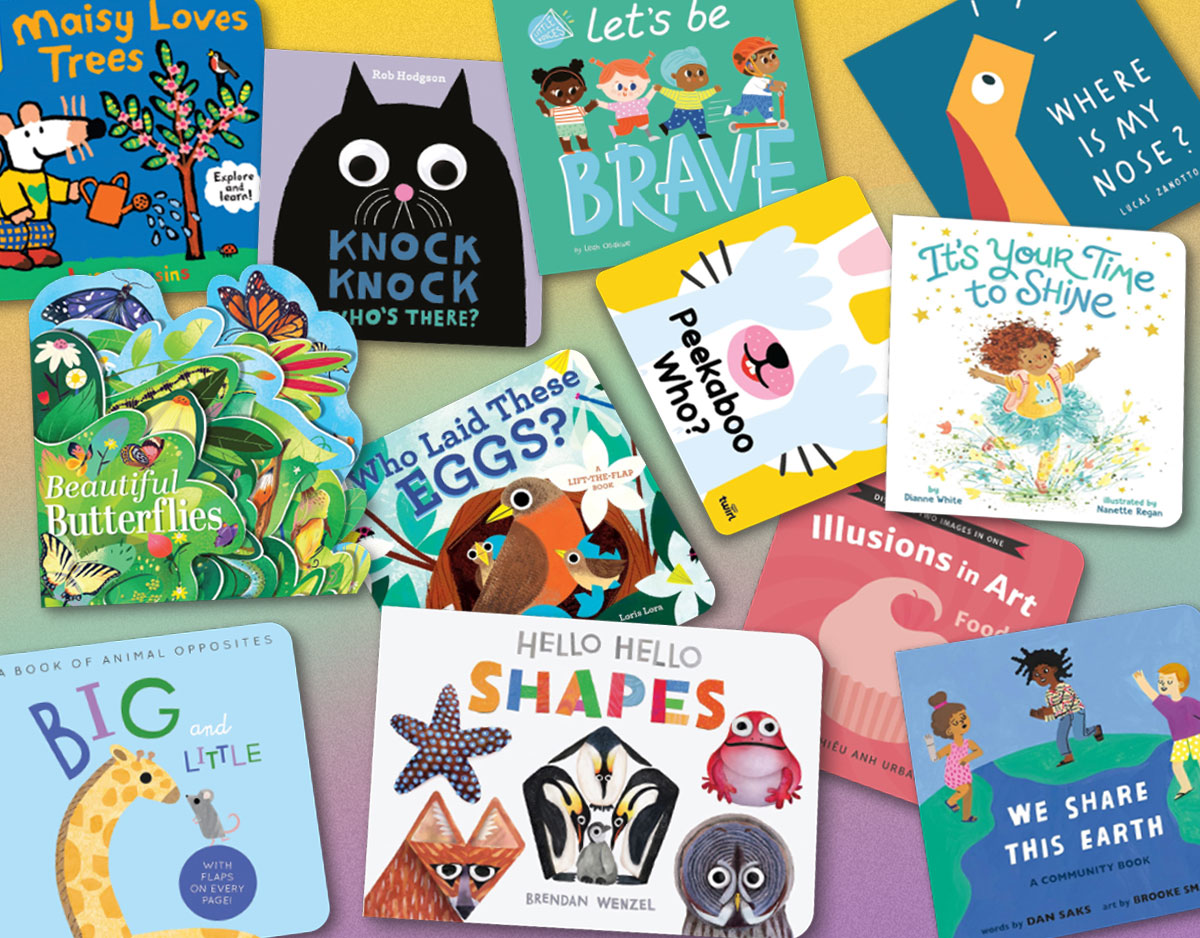
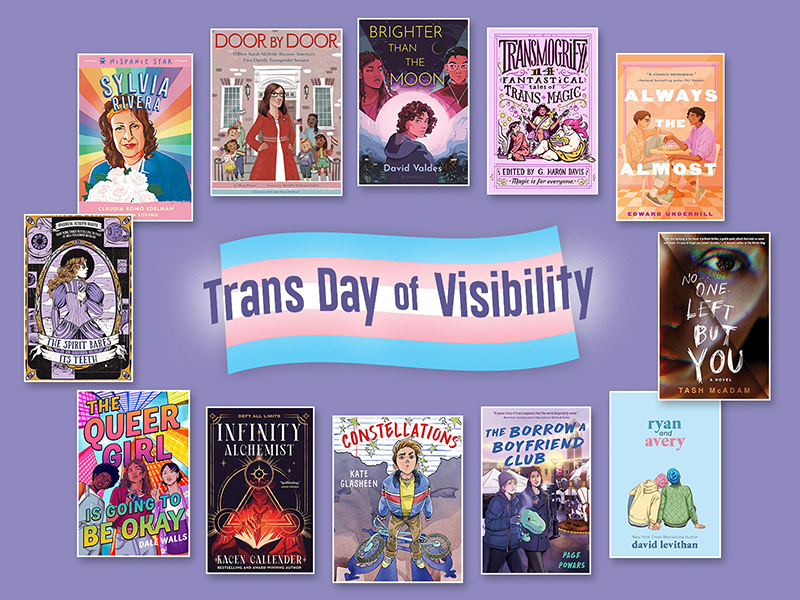
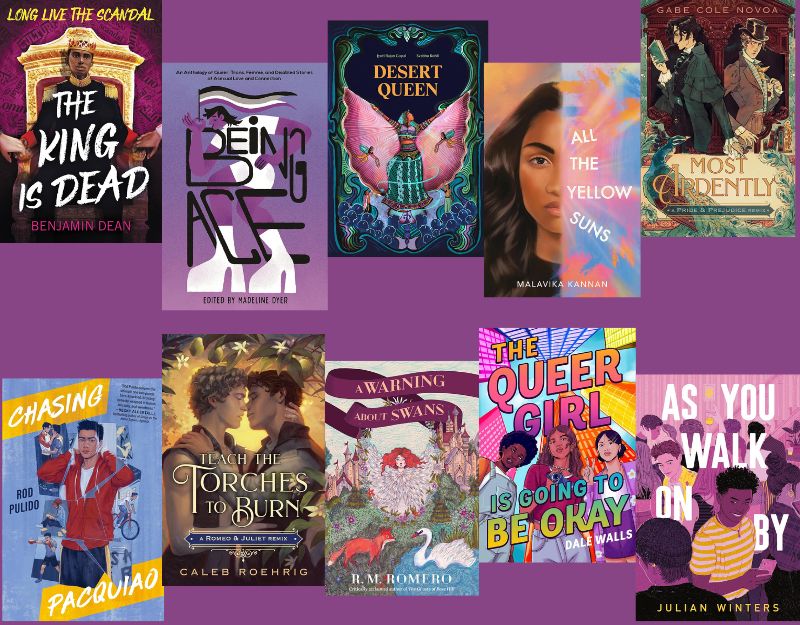
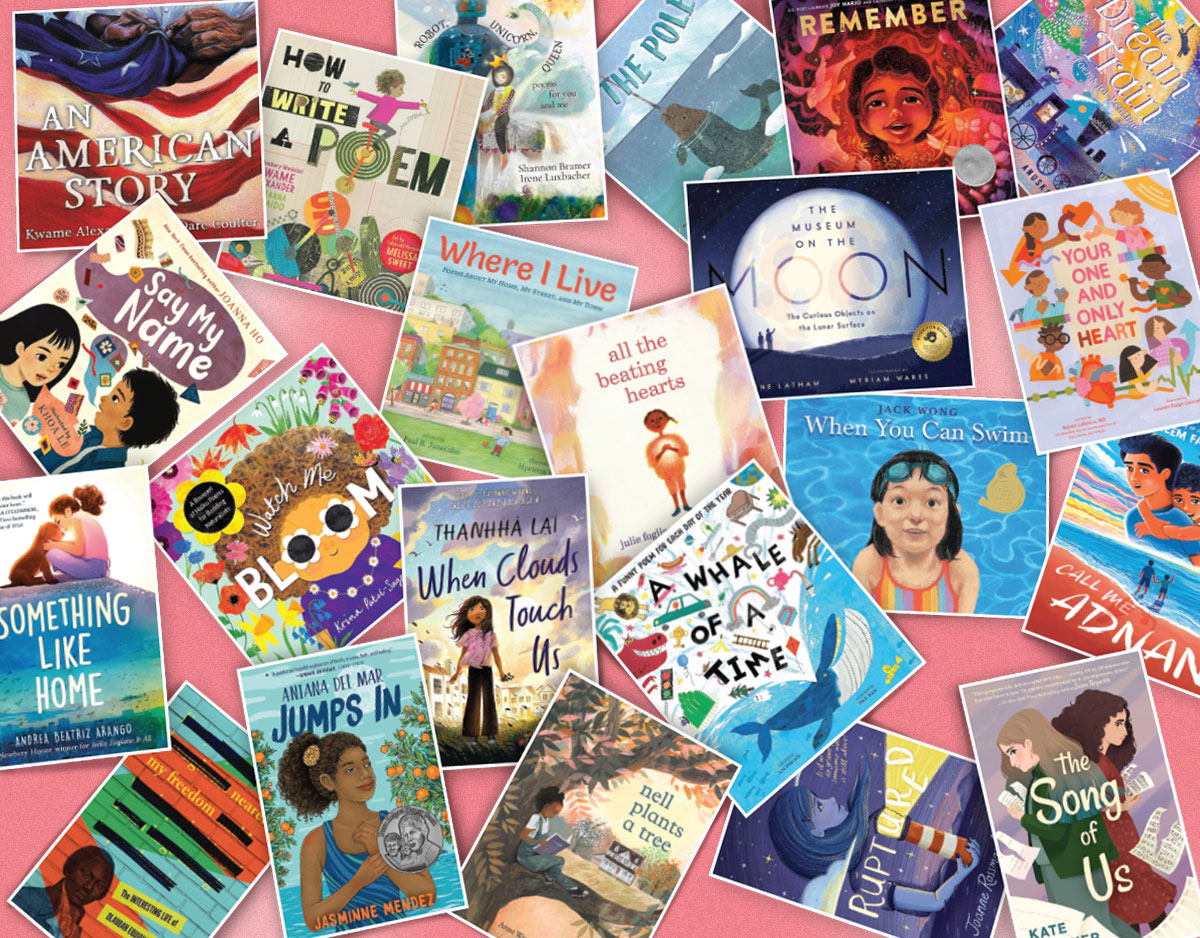
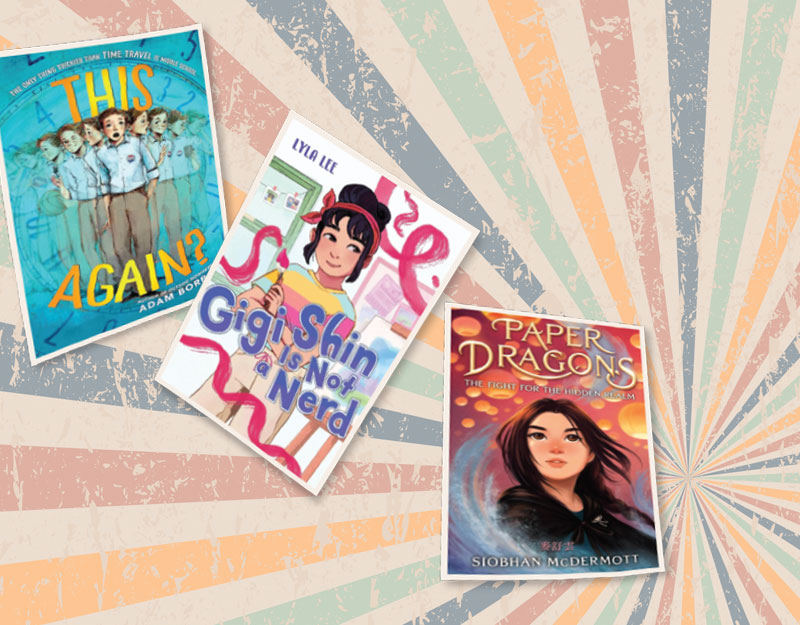
OMG. WANT.
Tenets, not tenants, Betsy. 🙂
Pfui. Good catch.
Thanks for this splendid review. This is going on my forthcoming kids’ graphic novels wish list, along with Tony Cliff’s “Delilah Kirk and the Turkish Lieutenant,” Paul Pope’s “Battling Boy,” Viviane Schwarz’s “The Sleepwalkers,” Gene Luen Yang’s “Boxers and Saints.” Hope to see further sequels to “Hereville” and “Zita the Spacegirl,” both of which you’ve turned me and my daughter on to.
There IS a sequel to Hereville, How Mirka Met a Meteorite. Just as good as the first one.
Yes, we enjoyed the sequels to both of these books and are hoping for third entries. Also hoping for a sequel to “Giants Beware.”
(Hence the words “_further_ sequels” above.)